
Photos by Brad Semel.

Often it seems that the hands of time move imperceivably when it comes to the recovery of an endangered species. But in the summer of 2020, federal, state and local entities, and a team of volunteers, worked at breakneck speed to protect adult and fledgling piping plovers (Charadrius melodus), a federally endangered species in the Great Lakes region. It was mid-afternoon on Thursday, July 23, 2020 when Illinois Department of Natural Resources (IDNR) staff received word of an outbreak of avian botulism on a Wisconsin island harboring breeding piping plovers. Less than 24 hours later, appropriate federal and state permits had been issued and the birds had been captured, examined, rehydrated and transported to Illinois for release at Illinois Beach State Park.
Why the rush? Already facing a litany of reasons why their numbers are shockingly low—destruction of beach habitat, predation, changes in water levels that affect nesting habitat, and harassment by people, dogs and vehicles—the threat of losing any piping plovers from avian botulism was dire. While avian botulism occurs throughout the world, it is predominant in the wetlands of North America where low-oxygen conditions may occur in shallow, stagnant waterways having a high-protein substrate. Hot, humid summer weather, and the increasing temperature of the Great Lakes waters, set the stage for a botulism outbreak.
Caused by a bacterium, avian botulism cannot be transmitted between birds, but occurs when birds ingest decaying organic material or invertebrates infected with the toxin. Infected birds display a weakness in their legs, wings and neck. Once confirmed, carcasses of dead animals must be removed or the outbreak can become severe.
Hiding in plain sight on the sandy lakeshore, the diminutive piping plover remains camouflaged until it takes off running, pausing to probe the soft, sandy substrate for a meal of flies, snails, roundworms, beetles and small crustaceans. A stocky, big-eyed shorebird, the piping plover possesses a black collar, gray back and orange legs and bill. After (hopefully) rearing a successful brood, the family of plovers head to the coastal regions of the Atlantic and Gulf Coasts for the winter.

In the late 1800s, upwards of 800 pairs of piping plovers were nesting on beaches around the Great Lakes. By 1986, when only 17 breeding pairs remained and their range was restricted to Michigan, the Great Lakes population of the piping plover was designated a federally endangered species. By law, the Illinois Endangered Species Protection Board must include on the state list any federally endangered or threatened species occurring in Illinois. Today small numbers have extended into their historic range to locations in Wisconsin, Illinois and Ontario, Canada.
Cat Island, nestled in Green Bay a few miles northeast of the community of Green Bay, is a man-made island created by the U.S. Army Corps of Engineers using dredge spoil. Such dredge spoil islands can provide ideal foraging habitat and offer relatively predator-free nest sites. Annually monitoring the population, students and staff of University of Wisconsin-Green Bay noticed signs of botulism among several shorebird species which triggered the quick, nearly overnight response of a team of biologists and volunteers.
Leading the effort on behalf of the U.S. Fish and Wildlife Service (USFWS) was Jillian Farkas, the Piping Plover Recovery Specialist with the Michigan Ecological Services Field Office. Reena Bowman, a USFWS Fish and Wildlife Biologist stationed in Wisconsin, coordinated the capture and release of birds. With the decision made to start the plovers on their annual southward migration, IDNR Endangered Species Program Manager Joe Kath was brought in to handle the necessary state endangered species permits. Endangered Species Recovery Specialist Brad Semel identified the best release location, coordinated the release of the six birds (five fledglings and one adult) at Illinois Beach State Park, and monitored the birds to ensure their safe acclimation and that they were physically ready to initiate their southward migration. Volunteer bird monitors with Sharing Our Shore—a partnership between the City of Waukegan and Lake County Audubon—were alerted of the imminent release and the color-coded leg bands to watch for.
“Facilitated migration had never been undertaken before for this species, but unique circumstances and threats that the plovers would encounter by remaining on Cat Island drove the decision to implement an innovative approach to jump-start migration rather than risking additional individuals contracting botulism,” Semel explained.

According to the Recovery Plan for the Great Lakes Piping Plover Population, one of the factors to be reached before the piping plover can be reclassification from endangered to threatened is when the Great Lakes population has increased to at least 150 pairs (300 individuals) for at least 5 consecutive years. At this time, the Great Lakes population contains 64 pairs of birds, a decline from the 75 pairs that existed a couple of years ago.
“The Great Lakes piping plover population has been on a positive trajectory over the last few decades, but occasionally there are a few poor reproduction years,” Semel noted. “The number of birds can decline on the wintering grounds as a result of a hurricane, and on the breeding grounds birds have recently been preyed on by an increasing population of Merlins, a small falcon. Piping plovers also are impacted by climate change, specifically rising levels of the Great Lakes that are compromising and flooding nest sites.”
“While the endangered piping plovers have been removed from Cat Island, the work is far from over,” Semel explained. “Cat Island is a great mid-migration rest spot for migrating birds and it is necessary that every effort be made to prevent what could be a devastating loss of waterbirds. Wisconsin Department of Natural Resources staff remain on site, removing dead birds and working to place dredge materials on the islands to encourage birds to leave and continue their southward trip.”
It wasn’t long after volunteers recorded the final Illinois Beach State Park plover sightings for 2020 before another network of volunteers reported the female from Illinois’ only nesting pair was on Acosta Island, Florida, and that her three chicks were on remote islands along the Georgia coast. Contributing photos and sightings of banded birds to the Great Lakes Waterbird Research Program website, birders are helping to grow our knowledge of the piping plover.
Before long, volunteers along the Gulf Coast will send out the alert that piping plovers have left their warm wintering grounds, signaling Illinois volunteers to take position on the sandy shorelines of Lake Michigan to watch for the anticipated return of the endangered piping plover.
Read more about the piping plover at U.S. Fish and Wildlife Service Midwest Region Endangered Species Piping Plover Fact sheet.
Kathy Andrews Wright retired from the Illinois Department of Natural Resources where she was editor of OutdoorIllinois magazine. She is currently the editor of OutdoorIllinois Journal.






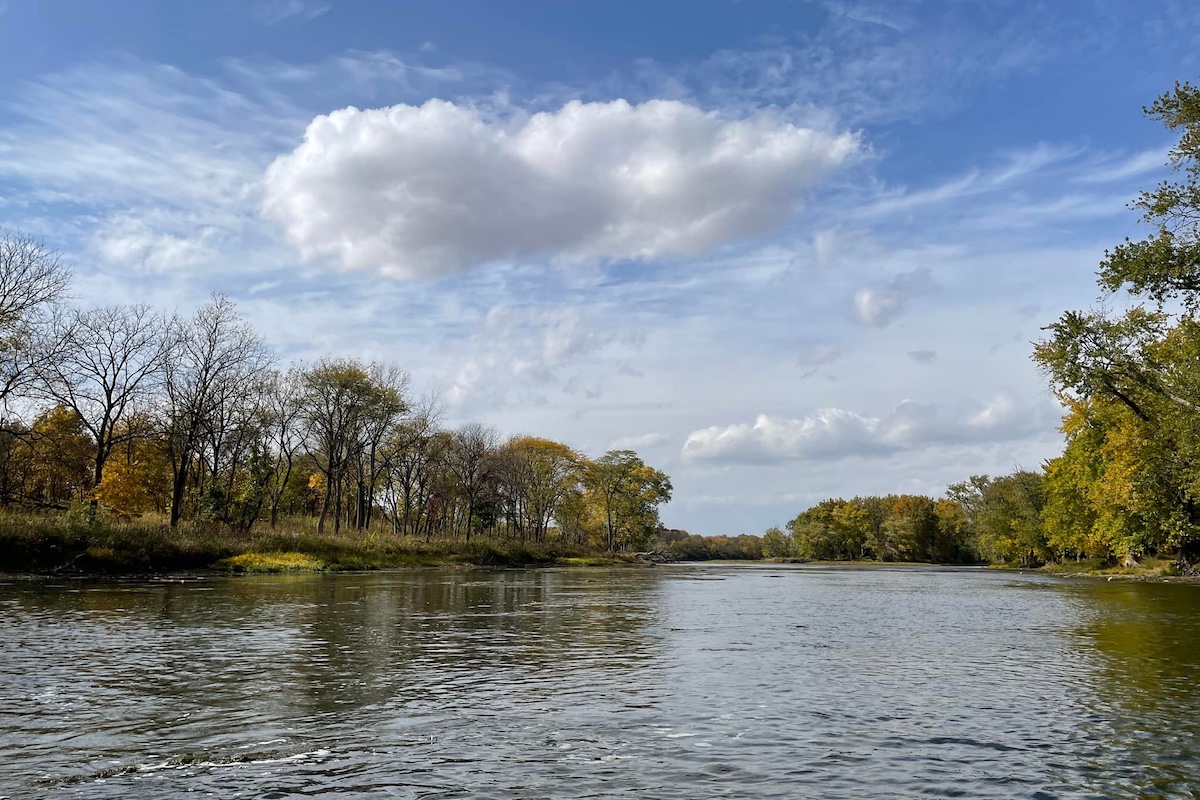
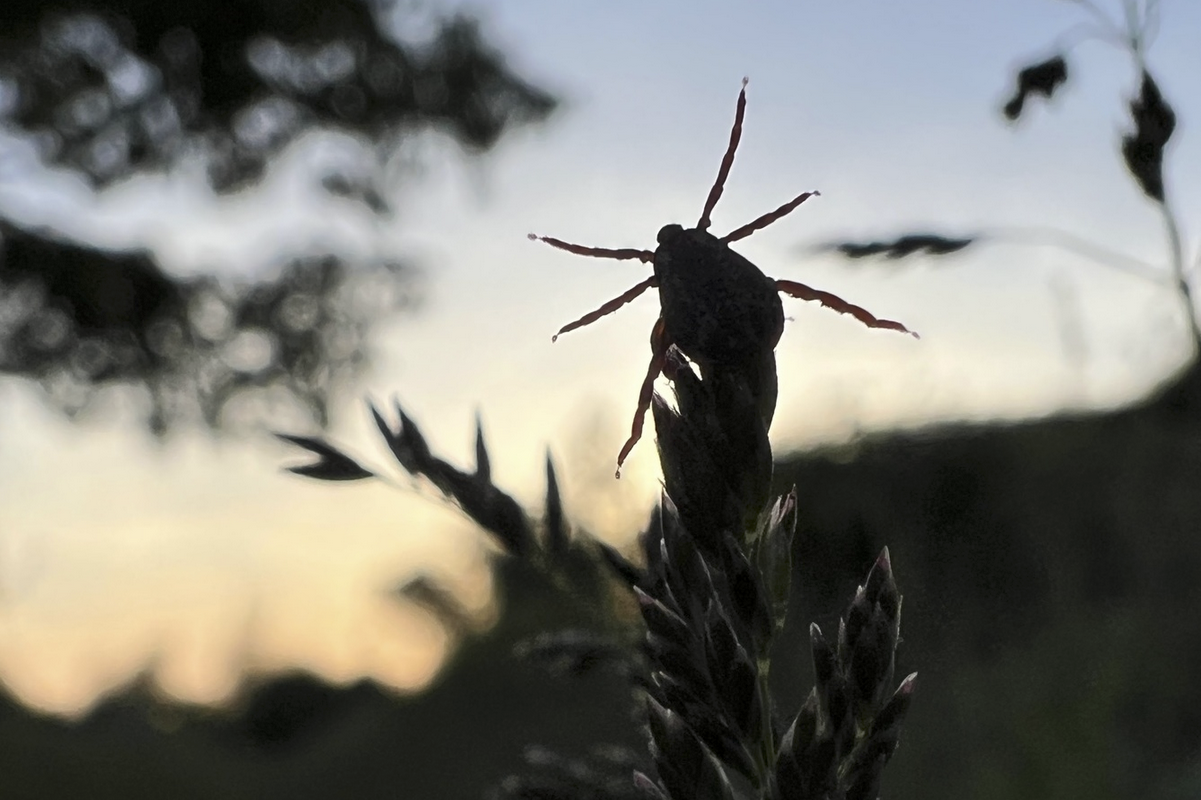
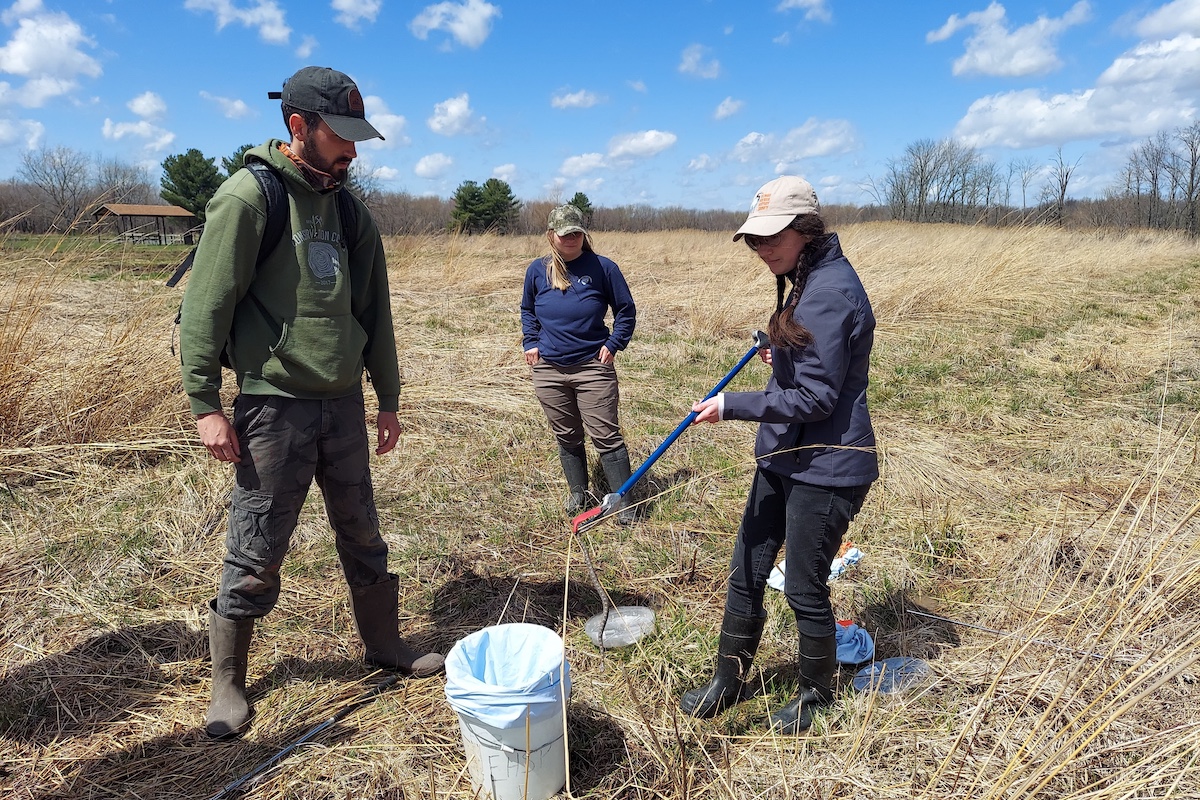

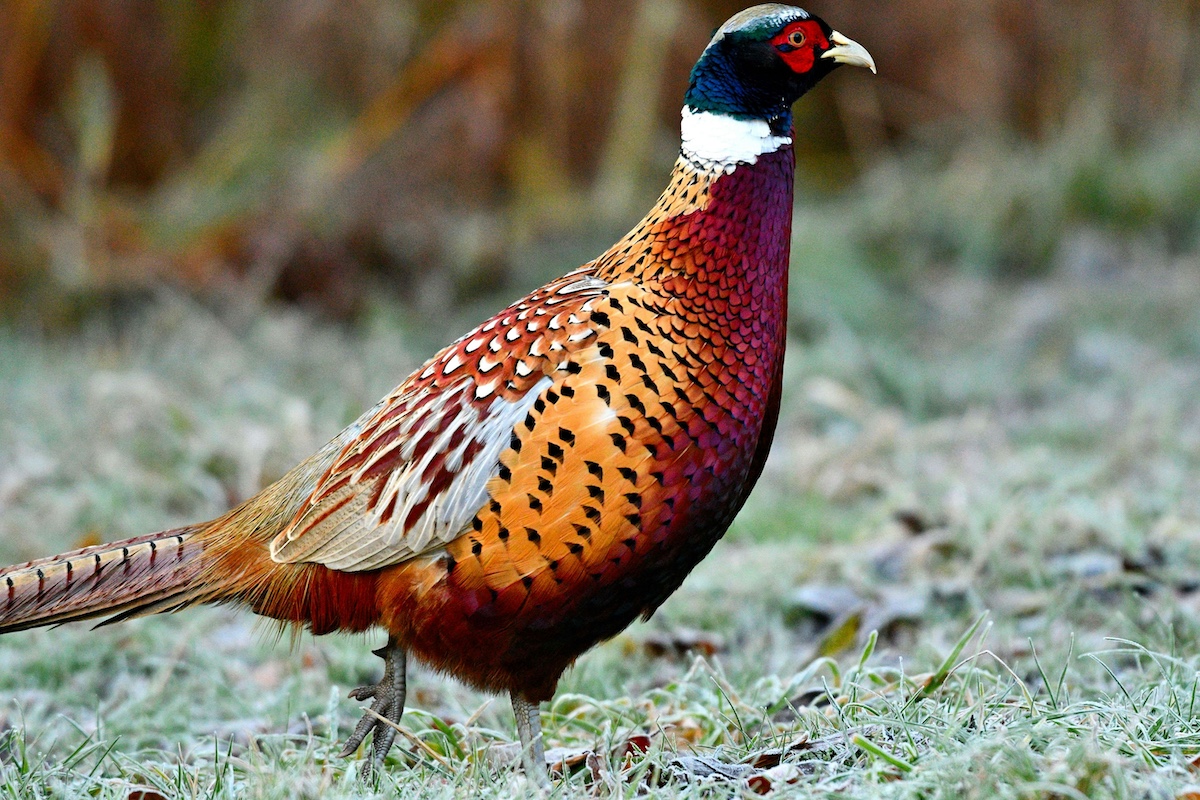


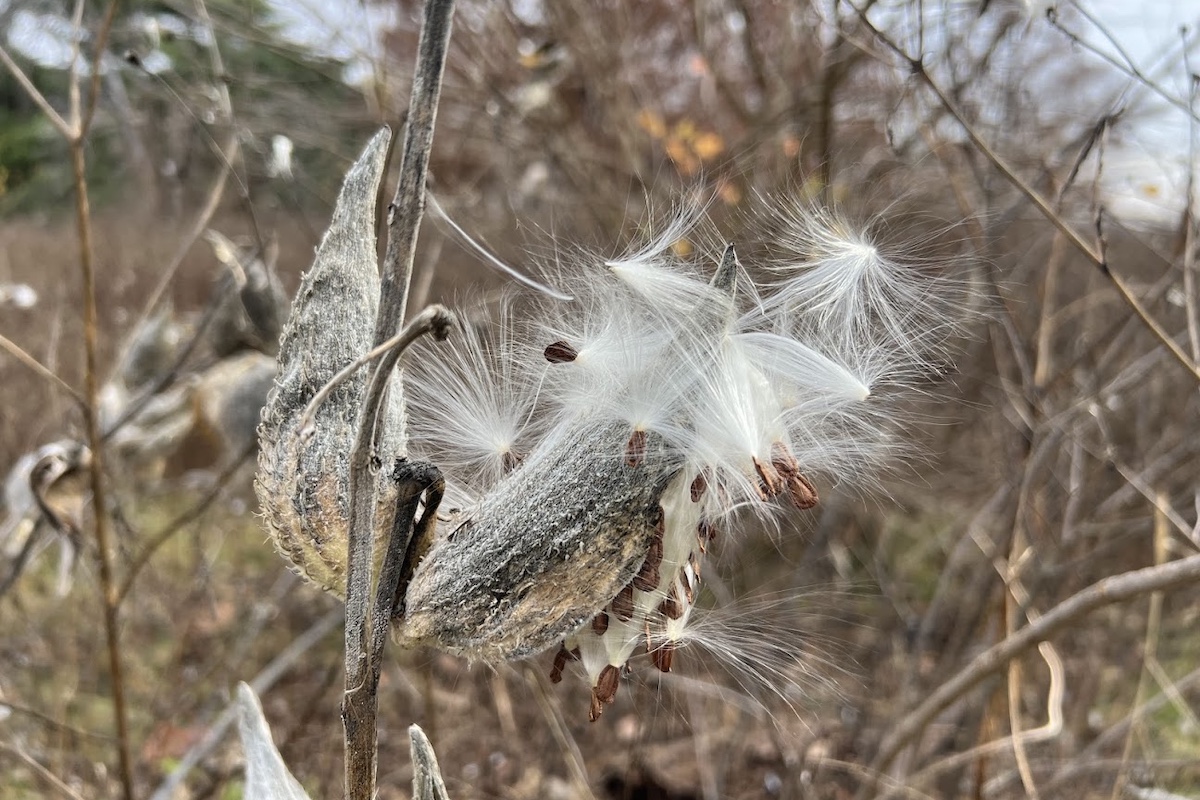
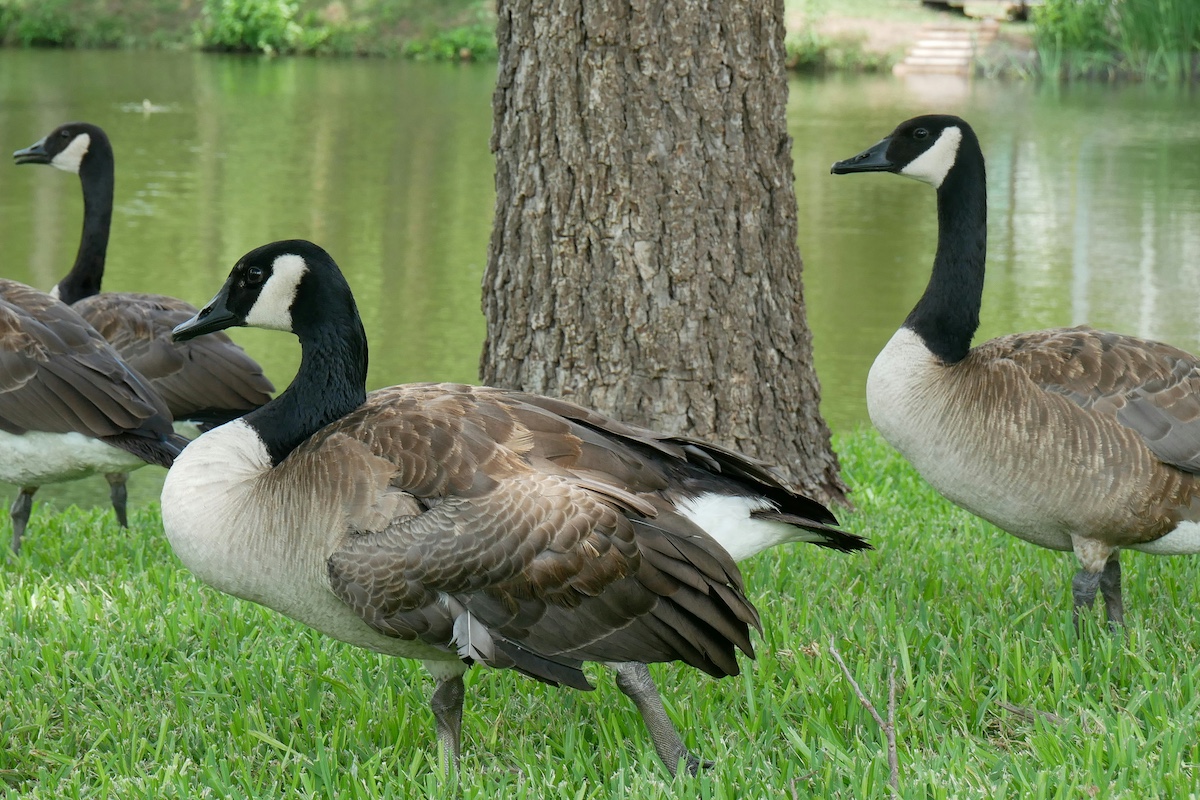
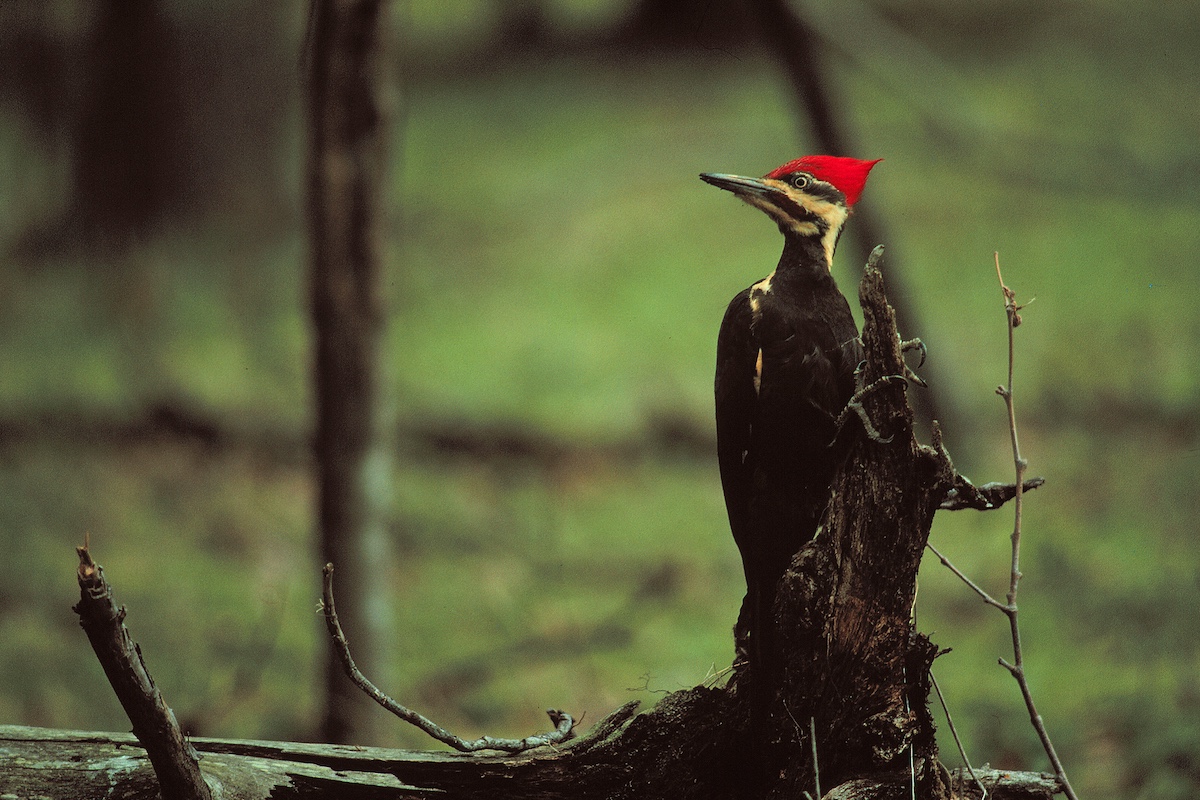
Submit a question for the author